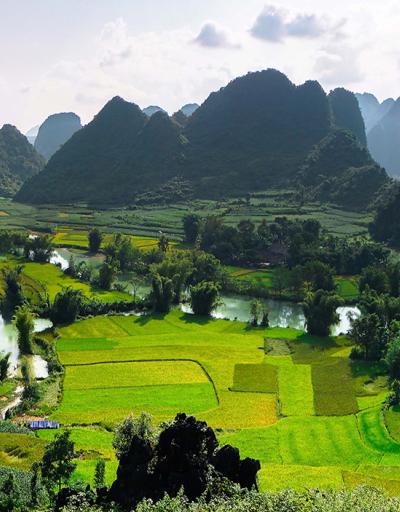
West Makran Paleo-tsunami Investigation
Tsunamis are a great threat to most coastal regions. National development plans generally depend upon maps that forecast threats to regions, for multiple hazards such as tsunamis and earthquakes. The study of prehistoric tsunamis provides important feedback for long-term rates of tsunami occurrence, and improves confidence in such forecasts. The studies show that catastrophic tsunamis are too infrequent for the hazard to be characterized by historical records alone. Long-term geologic records provide opportunities to assess tsunami hazards.
The two major tsunamigenic sources in the Indian Ocean region are Andaman-Sumatra subduction zone (ASSZ) and Makran subduction zone (MSZ). The ASSZ has witnessed many major tsunamis in the past. However, in the case of MSZ, we have neither historical records nor long-term studies. No large-magnitude earthquake is known in the western Makran, raising the question of whether it is locked or aseismic. Large-magnitude and frequent earthquakes characterize the eastern Makran. Consequently, the hazard scenarios prepared based on historical data underestimate the tsunami threat in the Oman Sea. The dated deposits allow us to estimate the dates and recurrence intervals of past tsunamis. Such information can guide mitigation efforts and may reduce losses from future tsunamis.
Key information
Duration
2021-2024
IGCP Theme
Geohazards
Project Leader
International Institute of Earthquake Engineering and Seismology, Iran (Islamic Republic of)

